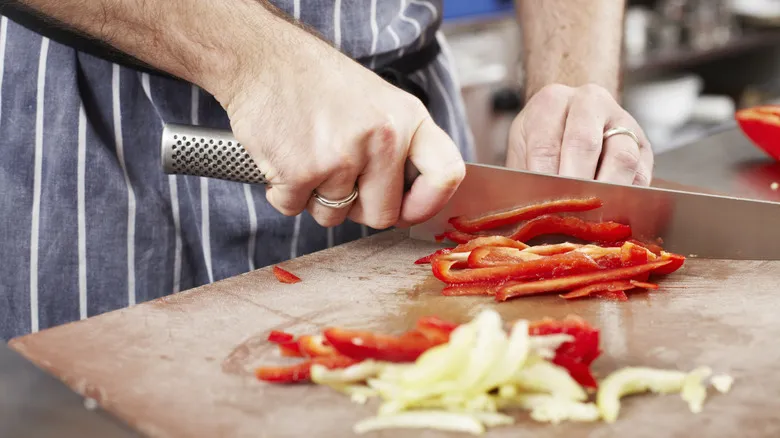Julienne cuts produce versatile thin strands
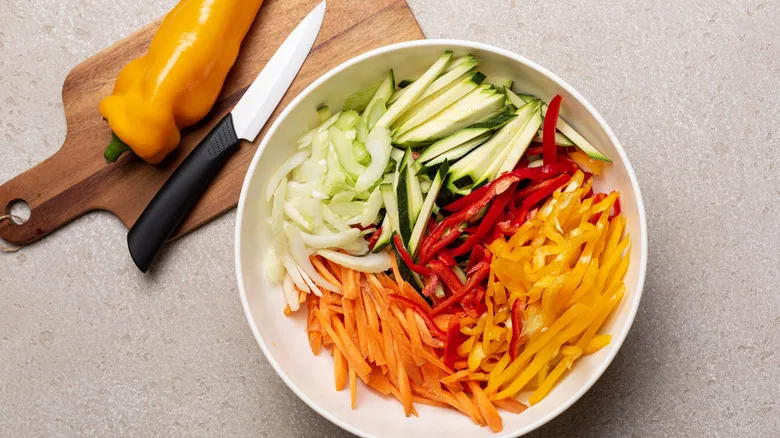
Among all the various strip cuts, the julienne is one of the most recognized and commonly utilized. Also referred to as the matchstick cut, this technique involves slicing food into approximately 3-inch long strips, with a width and thickness of about ? to ¼ inch. The exact measurements can differ from chef to chef, and some may even refer to the thinner variations as fine julienne. Additionally, the type of vegetable can influence the slicing, as some are more suited for thin cuts than others.
Julienned vegetables have a slender profile that promotes even cooking. This is the preferred way to cut carrots and peppers for achieving the perfect texture in stir-fries. It also ensures the right consistency in slow-cooked dishes, whether it’s a chicken fricassee or a roasted leg of lamb.
Moreover, these delicate, visually appealing strips are perfect for raw preparations. You can easily julienne carrots for a fresh salad or incorporate them into coleslaw. This cutting technique is also excellent for creating striking zucchini strands or elegantly sliced turnips. Additionally, julienned vegetables can serve as an attractive garnish, such as the fine cucumber strands adorning a bowl of ramen. Mastering this cut is one of the essential French cooking techniques that can elevate your dishes, ensuring remarkable consistency.
Thick baton knife cuts are ideal for large dicing
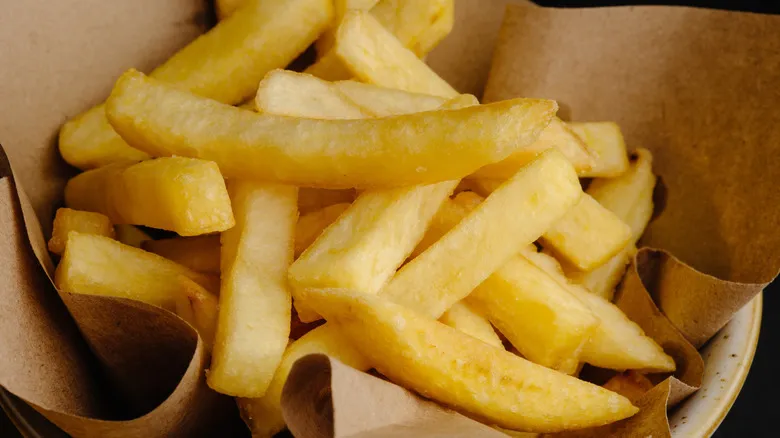
A baton cut is the thickest of the strip cuts, used to highlight the texture of vegetables or, more commonly, to create a thick dice. The exact size can vary by chef, but it typically measures around ½ to ¾ inch. Similar to the julienne cut, the strips are usually about 2 to 3 inches long. Once diced, this cut is known as a large dice.
A well-known example of a baton cut is the thick French fry, which can help you visualize the size of the cut. This technique is also applied to other root vegetables like celery and turnips, as well as larger pieces of meat or when cutting a watermelon. Most uses of the baton cut will involve the diced version, such as the large carrot pieces found in chunky soup recipes.
However, this cutting style is not commonly used in the kitchen. Cooking such large strips to the right level of doneness can be challenging, and the resulting size is often too thick for snacking. The slightly smaller cut, known as batonnet, is more appropriately sized for snacks, resembling the celery and carrot sticks found in a crudité platter. So, while it's important not to confuse the two, remember that if you're looking for a chunkier cut, the baton is the way to go.
Recommended
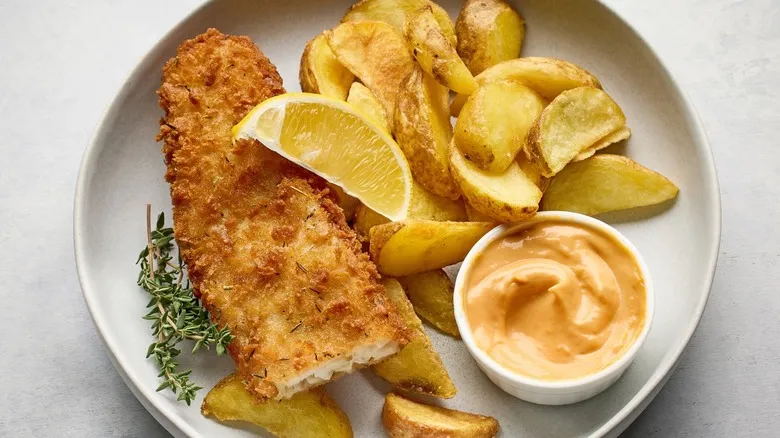
Coat Your Fish In Potato Chips For A Delectably Flavorful Crust
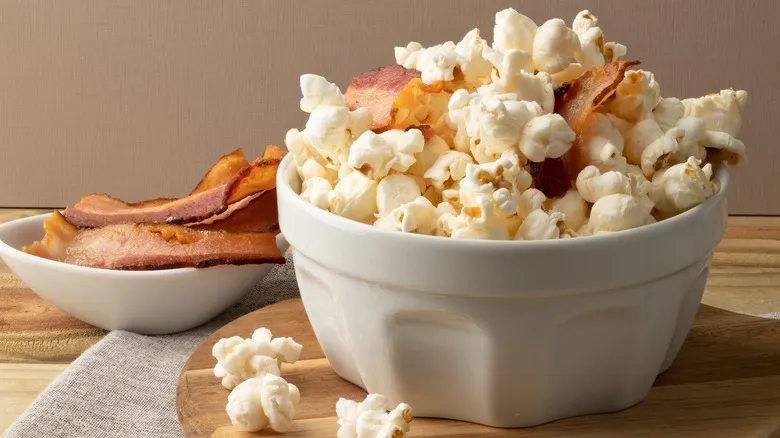
Popcorn Is Good. Bacon Makes It Better

Here's Why You'll Need Your Stanley The Next Time You Make Hot Dogs For A Picnic
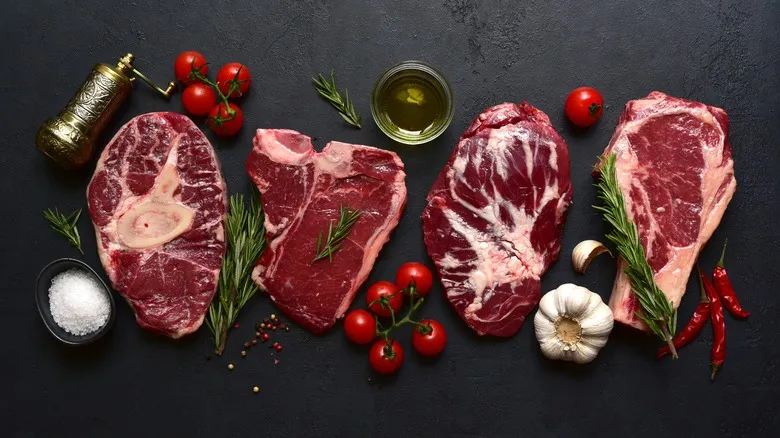
Flat Iron Vs Flank Steak: What's The Difference?
Next up

